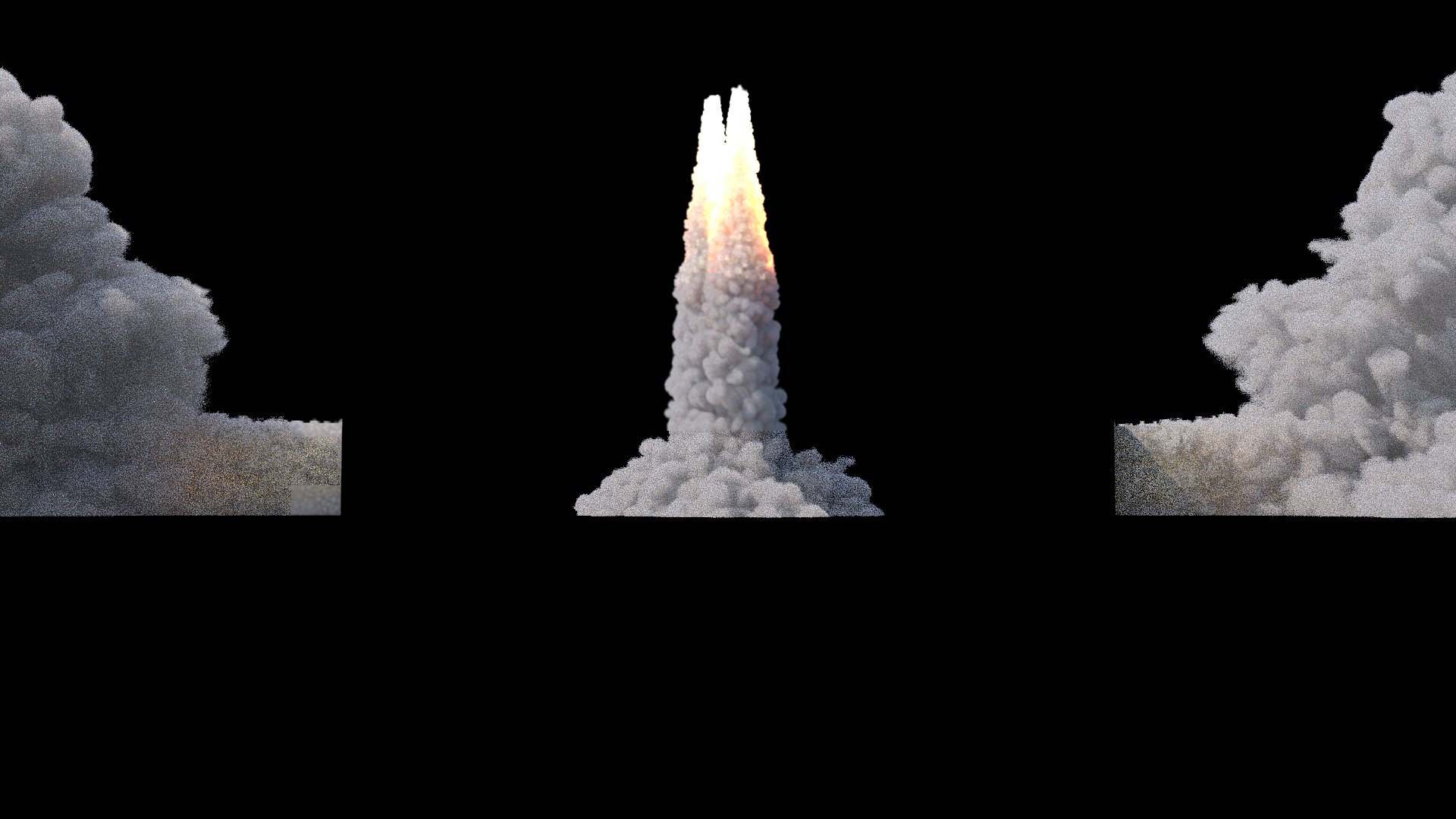Meet the 3D artist behind the Ariane 6 launch animation!
Recently, the Ariane 6 launch animation has just been released. The animation was produced before the actual launch of the Ariane 6 rocket, showcasing its new modular design which provides optimum flexibility for deploying different types of payloads into a wide range of orbits.
But who is the MediaLab’s 3D artist behind this masterpiece? Let us introduce you to Benoit Praquin!

Can you walk us through the initial stages of the project?
The Ariane 6 launch animation consisted of transforming a sequences list provided by the customer, into a visually compelling narrative, blending technical accuracy with a touch of creativity.
I really started from scratch, handling the key sequences, like the opening scene and the rocket building.
We began by proposing a storyboard and animatics to ensure the feasibility and logic of the narrative we want to propose. This stage served as a crucial bridge between the imaginative aspects and the technical requirements that was missing a real 3D model provided by ESA.
The Head of Ariane 6 mission and his team gave us technical accuracy guidelines, the challenge was to create a visual flow along the chronological events, proposing apart sequences into a single, continuous camera movement.



How did you ensure that the animation is realistic and reasonable to your audiences?
Adding an emotional touch was crucial because it helps to bring continuity and trust to the animation and make it easier to resonate. We propose visual communication materials. For example, the launch is supposed to take place in the morning in French Guyana, so I decided to incorporate elements like typical trees of that Isle, morning lighting and fog, and the sounds of birds to create a serene and realistic atmosphere.
Another aspect I took care of was the camera movement. I needed to demonstrate the turbulence of the launch in real life. You can see that the camera started static, gradually shaking as the rocket prepared for launch, and then settled into a quiet moment, allowing the audience to absorb the scene.
How did you manage to blend your creativity and technical demands?
I must make sure to meet technical accuracy but not limit the scope of creativity. I did a lot of research and observation. I immersed myself in videos of actual launches to understand the dynamics. This study provided me with the foundation for the visual and auditory elements that contribute to the realistic experience.
After a few months into the project, I came across a YouTube video about a more advanced model that gave me a lot of inspiration. It was a pity to see these better models after I had completed my work. However, I believe that continuous improvement is part of the creative process, and the pursuit of excellence is an ongoing journey.
Any tips that you found to be useful to produce a successful animation?
I believe the opening scene sets the tone for the entire animation. It’s the viewer’s first impression, and if they find it compelling, they are likely to stay engaged throughout. I drew inspiration from the world of big-budget movies, where resources are allocated to create impactful openings.
The philosophy is simple: if you can win the audience’s trust and captivate them from the start, they’re more likely to trust and enjoy the rest of the experience.
What do you think about the role of AI in the 3D animation and creativity fields?
I view AI as a valuable tool, one that can enhance our capabilities in various domains. It’s like having an assistant that excels in certain tasks, providing efficiency and speed. However, I believe that human creativity remains unparalleled. AI may assist, but the imaginative spark, the ability to think out of the box, and the emotional depth that humans bring to the table are aspects that AI, at least as of now, may not replicate.
Thank you Benoit very much for such interesting sharing about a process of making a 3D animation. Please visit this link to watch the full animation video!


